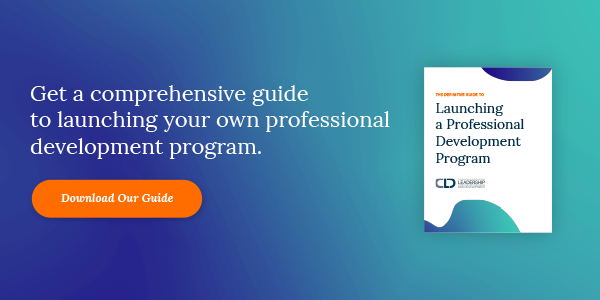 The productivity tools we've implemented over the past decade to increase employee productivity have actually become distractions at work. I recently read the book Deep Work by Cal Newport and it got me thinking about some of our major detractors from deep work in the corporate setting. I started to wonder. If an employee training program is implemented to increase employee productivity, could the performance be throttled by these detractors.
The productivity tools we've implemented over the past decade to increase employee productivity have actually become distractions at work. I recently read the book Deep Work by Cal Newport and it got me thinking about some of our major detractors from deep work in the corporate setting. I started to wonder. If an employee training program is implemented to increase employee productivity, could the performance be throttled by these detractors.
Distractions at Work
Open offices
At one point, open office floor plans had good intentions. They were meant to increase collaboration and cross-pollination between teams. But nowadays, they cause a continuously distracting environment, where every conversation is heard, and one person can disrupt dozens of people.
Instant communication
Something I struggle with myself is leaving my email open. Checking email is psychologically harmful because it often represents unresolved tasks and complaining people. Furthermore, if you check your email often, recency and availability bias make these issues seem more important than they really are.
And if emails were distracting enough. With tools like Skype, Microsoft Teams, Slack and even texting, people can interrupt your work on-demand and expect help within seconds. We stop being deep thinkers and become human network routers.
Superficially, instant communication is preferred as the easy path. If you don’t know something, you can just ask someone. You don’t need to do the hard work of planning ahead, studying what you do or don’t know, and scheduling meetings thoughtfully.
Social media
Ironically, I could be guilty of distracting you right now depending how you found this blog post. Internally we've encouraged our sales teams to engage in social selling utilizing LinkedIn or Facebook. The ability to connect with customers on a human level and not make them feel like they're talking to a bot provides a value we are so grateful for. However, Facebook, Twitter, Snapchat, and other social apps, allow conversations to continue endlessly, 24/7. If these media are not staffed properly, you can get stuck in an eternal state of dialogue or worse, ghosted by the very company you've come to trust.
The effects of workplace distractions are insidious. The new ideas always seems novel and productive, but it doesn’t move you closer to the major things you really care about.
Effects on Productivity
These unplanned distractions are ubiquitous in the corporate setting. This is confusing - companies usually aren’t dumb. If they know something is drastically lowering productivity and profits, they’ll usually move to stop it. But the reaction seems to be the opposite - distractions like open offices and real-time messaging are supported by companies.
If companies don't start looking at real time data and A/B testing the use of productivity tools, they might just be going backwards. Not to mention, this could stunt employee development as they try to move up the corporate ladder but are hindered by these workplace productivity killers.
How did these destructive distractions get adopted systematically as the right thing to do?
Cal Newport explains: The new information economy brought a new management challenge - how to measure output from individual workers. In a factory, output was clear and quantitative - you produce so many widgets in an hour, and you can be compared on equal footing with other workers. In information jobs, complex problems often require a larger team of people with different roles. It no longer becomes clear who contributes what. People’s jobs become more diffuse and vague - a “marketing manager” could be doing lots of different things with different projects.
So managers had to seek superficial proxies of progress – email response times, meetings conducted. As long as there was a lot of motion, surely people were being productive! In contrast, deep work looks like slacking. Stepping away from email to think deep thoughts seems indulgent, when everyone else is buzzing around the office.
There is also a technological imperative that “any technology is likely good technology.” There’s pressure to look like you’re on the vanguard of technology (to press, potential employees, customers). This makes you adopt new tools like Slack, social media and open office plans without deeply considering their impact.
If there were solid proof that deep work was value-driving and shallow work was not, then companies would switch right away. But there isn’t. Information work remains hard to measure. So people gravitate toward behaviors that are easiest in the moment, instead of doing the hard thing.
This is why deep work is so rare, and shallow work so common.

